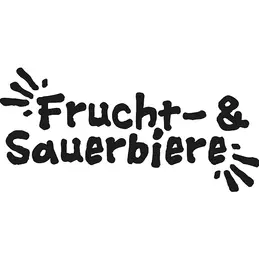Sour beers
The days when only classic beer styles such as pilsner, lager, etc. were drunk are over - at least since the start of the craft beer movement in the USA. Small microbreweries are extremely experimental and use a wide variety of new ingredients in the brewing process.
rnFruit beers
rnThe willingness to experiment and be innovative is clearly visible in the beer style of fruit beers. Whether cherries, raspberries or peaches - there are no limits. The most well-known styles are the Belgian Kriek (Lindemans - Kriek) and Framboise (Lindemans - Framboise) , which is originally a lambic and then brewed with fruit. Even ingredients such as mate leaves, which originate in Peru, end up in the brewing kettle these days (St. Erhard® - Alpaca Mate Ale) and create an incredible variety of flavors that could not have been imagined in the past.
rnSour beers
rnThe sour beer style is difficult to define. Typical sour beer representatives are lambic beers, the Gueuze (Lindemans - Gueuze) and the Faro (Lambic with rock candy), which have their origins in Belgium. The Berliner Weisse (BRLO - Weisse) and the Gose (Bayerischer Bahnhof - Original Leipziger Gose) are probably the best-known German sour beers. The sour beers get their refreshing sour taste from special yeasts or lactic acid bacteria.
rnFruit and sour beers are ideally complemented by light meat, light salads, sushi and scampi. Ice cream with fruit perfectly complements the taste of both styles.

